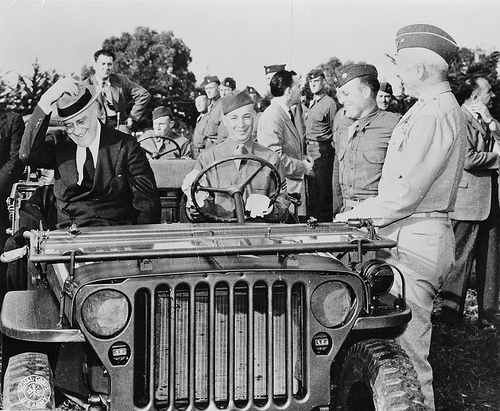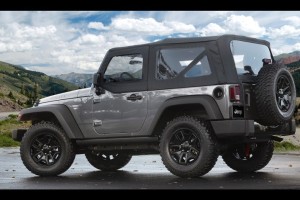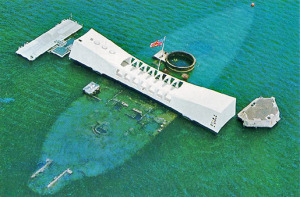By: Chris Warren.
Americans embrace a culture of cars in a way no other nation does. Classics such as the Mustang and Corvette usually first come to mind, but the true king of them all, the one that predated the muscle cars of the 60’s & 70’s and even the chrome & tail wings era of the 50’s, is an unrefined, simple, instantly recognizable no-frills vehicle that was built to slop through mud and sand and be bombed and shot at and keep pushing on through obstacles that would humiliate any other car: The Jeep is an American legend and has been proudly kicking ass for seventy five years with no sign of stopping soon.
Jeep, the proper noun and brand name, has several sport utility vehicles in its lineup, but only the Jeep Wrangler has a pedigree going back to the original jeep, the common noun, that was a key player in winning World War II and went on to win the hearts and respect of three generations. Jeep Wrangler has a fan base like no other.
I got sucked into the Jeep cult at an early age. When I was nineteen, I decided that my Ford F-250 truck was too big and too thirsty for gas to be a practical vehicle for a college kid. After some persuasion, my parents agreed to help me get a Jeep CJ. I had been a Jeep freak since I was little, so having a real one of my own was a pretty dang big deal.
My dad sold my tired old truck to a guy in the neighborhood for I think $500. I had some money I saved from my part time job at a radio station, and my parents kindly kicked in the rest. Dad found me a used Jeep through a relative who was in the car business. Purchase price $2100.
It wasn’t what I would have chosen if I could have anything, but teenagers with very little money are in no position to be picky, so I happily embraced it. For my two-grand-and-a-little-more I got a 1979 Jeep CJ that was equal parts rust and metal. It had a 3-speed stick shift and a V8 engine. A big engine in a little jeep translated into breathtaking power and speed. My Jeep may not have looked like much, but it had plenty to brag about under the hood. My parents didn’t even notice (or pretended not to notice) that its gas mileage was only a little better than the truck.

I didn’t fully understand it at the time, but I was driving a piece of American military history. Jeeps were on the beaches at Normandy and Iwo Jima. Jeeps were in Korea and Vietnam. Jeeps hauled Presidents and privates in equally modest utility. Jeeps had been turned into ambulances, tow trucks, delivery vans, card tables, and weapons platforms. Jeeps were adapted to every conceivable task and succeeded at all of them.
Everywhere the Army went, they took jeeps with them. And I do mean literally everywhere. Soldiers revered jeeps, and after returning home from World War II, the veterans’ nostalgia for a vehicle that was itself a legitimate war hero created a loyal civilian customer base.

I drove that Jeep for five years, all the way through college and into the job market. Then the day came when my dad suggested that maybe it was time to trade the rust bucket in and get something else. Dad’s wisdom was right: By then I had a real job and my own money, and the old Jeep needed to go. I knew someday I would own another. Nobody trades in a Jeep and says to themselves, “I hated that thing. I’ll never buy one again!”
Today, Jeeps still steadily roll off the assembly line and millions of them sit in garages and driveways from coast to coast, including mine. It’s bouncy. It’s unsophisticated. It’s coarse. But it has a personality as big as America itself and will always get you there, even when “there” is up the side of a mountain or through eighteen inches of snow.
Among all the amazing classic cars, only one is a true patriot that earned its place in history with mud and blood. The Jeep is still in production in 2016 on its diamond anniversary because it was cut from the proud spirit of a great nation and polished into a legend by American heroes who needed a vehicle that was was tough as they were.
Editor’s note: If you enjoyed this article, you may also like my related article, The Legend Of Super Jeep .

